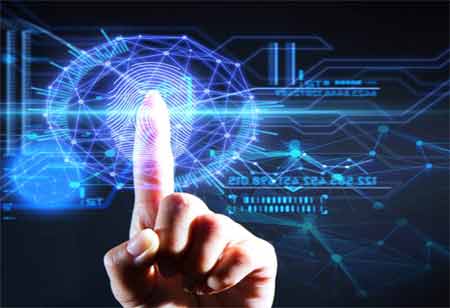THANK YOU FOR SUBSCRIBING
Be first to read the latest tech news, Industry Leader's Insights, and CIO interviews of medium and large enterprises exclusively from Gov CIO Outlook
THANK YOU FOR SUBSCRIBING

By
Government CIO Outlook | Tuesday, January 31, 2023
Stay ahead of the industry with exclusive feature stories on the top companies, expert insights and the latest news delivered straight to your inbox. Subscribe today.
Various restoration scenarios use drones, including mapping habitats, managing wildfires, and monitoring restoration effectiveness.
FREMONT, CA: As a response to the enormous task of restoring the planet's degraded ecosystems, the United Nations has declared the decade 2021 to 2030 as the UN Decade on Ecosystem Restoration. Without scalable interventions, the degradation of 95 percent of Earth's land, up to 90 percent of coral reefs, and many other habitats is expected by 2050. The ecological crisis necessitates practitioners to seek the most effective tools to achieve large-scale restoration.
A successful restoration project requires adequate planning. Drones can have a demonstrable role in the following applications.
Monitoring plant stress and health: A drone mounted with multispectral cameras can be used to assess baseline plant health conditions in the restoration monitoring stage. The practitioner/researcher can compare the data collected during the planning and implementation stages with the post-intervention data collected afterward. Monitoring data collected using drones during the monitoring stage is useful in helping to develop adaptive management strategies to reset the trajectory of the restored vegetation back toward the goal point, as well as monitoring human impacts in sensitive areas.
Wildlife surveillance: An assessment of restoration may require wildlife surveillance-for example, to understand the wildlife's response to landscape repair. In many ecological environments, such as low, dense eucalyptus forests, and coastal wetlands, drones are effective at detecting wildlife automatically. Studies suggest several ways to acquire wildlife detection and counts that are useful in restoring ecosystems-that is, to understand the components of the ecosystem that have been restored. It will benefit restoration ecology by streamlining the analytical pipeline so that all operators (including non-specialists) can automatically detect and interpret wildlife.
Bulk environmental sampling: Soil or water sampling can provide important information for restoration monitoring, such as downstream metagenomic analysis or physicochemical analysis. It may be beneficial to use a multi-rotor drone equipped with landing gear and a sampling device for this purpose. It is possible to obtain detailed information about an ecological community's composition and species present in the body of water by collecting water samples, the subsequent polymerase chain reaction (PCR), and subsequent analysis of the water samples. Aquatic wildlife might thrive in ponds created as part of the restoration of an ecosystem. To estimate amphibian numbers, restorers can use drone-based water sampling to collect eDNA samples from ponds, especially when the banks have steep banks or marginal vegetation has dense growth, preventing on-foot sampling. Restoration practitioners can use this approach to evaluate the success of pond restoration interventions.
I agree We use cookies on this website to enhance your user experience. By clicking any link on this page you are giving your consent for us to set cookies. More info

However, if you would like to share the information in this article, you may use the link below:
www.govciooutlookapac.com/news/leveraging-drone-applications-in-restoration-strategies-nid-1849.html



